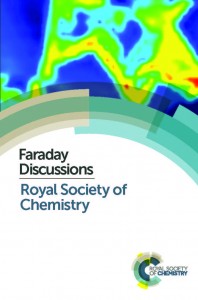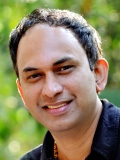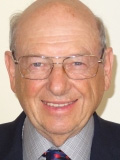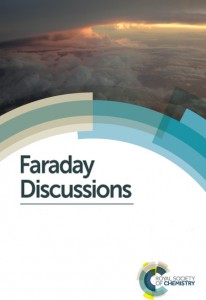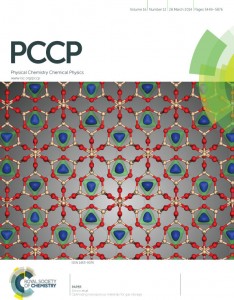It’s all HOT research (as recommended by the referees) and it’s all due to be discussed at Organic Phontonics & Electronics: Faraday Discussion 174 in Strathclyde from 8-10 September 2014.
You can get involved:
- Present a poster – submit a poster abstract by 16 June 2014
- Every delegate can contribute to the discussion which is recorded along with the papers in the Faraday Discussions journal. Register now to attend this exciting meeting.
Read these papers to have a sneak-preview of the HOT research featuring at this exciting event:
Breaking the simple proportionality between molecular conductances and charge transfer rates
Ravindra Venkatramani, Emil Wierzbinski, David H Waldeck and David N Beratan
DOI: 10.1039/C4FD00106K
Dynamic Amplification of Light Signals in Photorefractive Ferroelectric Liquid Crystalline Mixtures
Takeo Sasaki, Satoshi Kajikawa and Yumiko Naka
DOI: 10.1039/C4FD00068D
Computation of Hole Mobilities: Comparison of Single Crystal and Surface Adsorbed Models
Rose A Krawczuk, Joseph J.W. McDouall, William Mitchell and Steven Tierney
DOI: 10.1039/C4FD00082J
Highly efficient organic devices based on small-molecule organic semiconductors
Karl Leo, Vadim Lyssenko and Simone Hofmann
DOI: 10.1039/C4FD00094C
Bio-sorbable, liquid electrolyte gated thin-film transistor based on a solution processed zinc oxide layer
Luisa Torsi, Mandeep Singh, Gerardo Palazzo, Giuseppe Romanazzi, Gian Paolo Suranna, Nicoletta Ditaranto, Cinzia Di Franco, Maria Vittoria Santacroce, Mohammad Yusuf Mulla, Maria Magliulo and Kyriaki Manoli
DOI: 10.1039/C4FD00081A
Hybrid organic semiconductor lasers for bio-molecular sensing
Anne-Marie Haughey, Caroline Foucher, Benoit Guilhabert, Alexander Kanibolotsky, Peter Skabara, Glenn A Burley, Martin D Dawson and Nicolas Laurand
DOI: 10.1039/C4FD00091A
Characterization and simulation of electrolyte-gated organic field-effect transistors
Katharina Melzer, Marcel Brändlein, Bogdan Popescu, Dan Popescu, Paolo Lugli and Giuseppe Scarpa
DOI: 10.1039/C4FD00095A
To find out more about the unique format of Faraday Discussions read our FAQs. We look forward to seeing you in Strathclyde!












